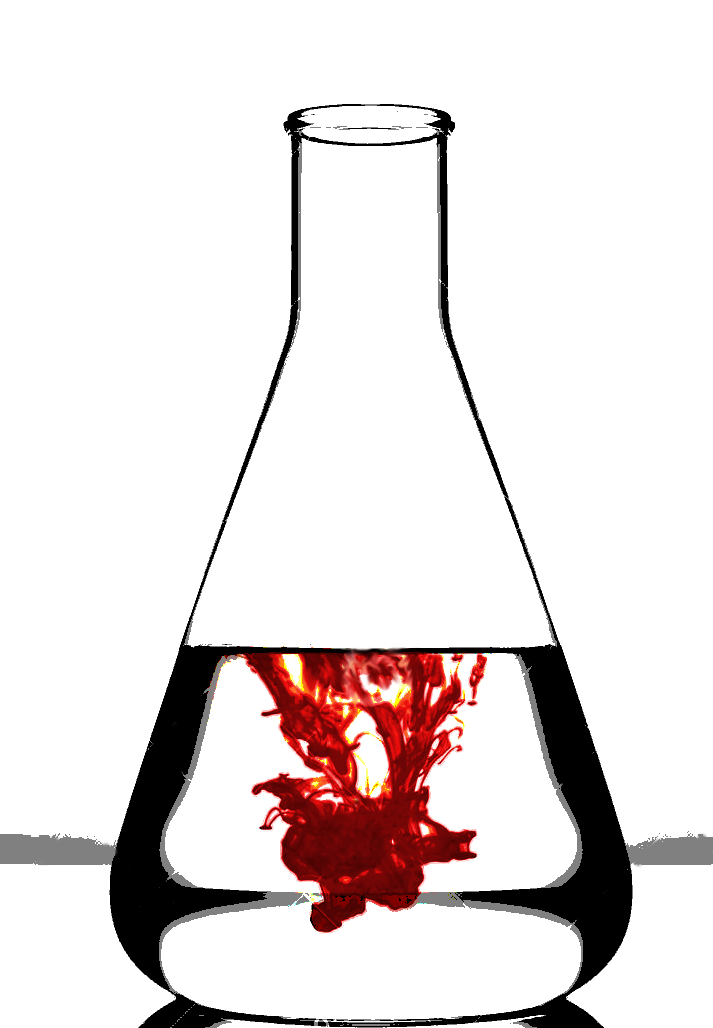Quick tests for rapid loss
 Australian engineers have developed a fast, portable and cheap tool to help people at risk of dying from rapid blood loss.
Australian engineers have developed a fast, portable and cheap tool to help people at risk of dying from rapid blood loss.
Monash University researchers have developed a diagnostic using a glass slide, Teflon film and a piece of paper that can test for levels of fibrinogen concentration in blood in less than four minutes.
Fibrinogen is a protein found in blood that is needed for clotting. When a patient experiences traumatic injury, such as a serious car accident, or major surgery and childbirth complications, fibrinogen is required in their blood to prevent major haemorrhaging and death from blood loss.
Typically, heavily bleeding patients must be transported to a hospital or emergency centre where they undergo diagnostic tests before being treated. These tests are time consuming and costly as they require expensive equipment, specialised/trained personnel and can take up to half an hour.
This new development removes the need for centralised hospital equipment to detect, monitor and treat fibrinogen levels – something never achieved until now.
Additionally, this diagnostic can be upscaled into a point-of-care tool and placed in ambulances and other first responder vehicles, in regional and remote locations, and in GP clinics. It takes just four minutes to complete.
The test works by placing a pre-mixed droplet of a blood sample and an enzyme solution onto a solid surface, allowing it to clot, and then dropping a paper strip on top. The further that blood moves down the strip of paper, the lower the fibrinogen concentration.
The diagnostic can work with a variety of blood conditions. Furthermore, diluting blood samples not only increases the test’s sensitivity, but also eliminates the effect of interfering substances in the blood.
Findings were published in the journal ACS Sensors.
“When a patient is bleeding heavily and has received several blood transfusions, their levels of fibrinogen drop. Even after dozens of transfusions, patients keep bleeding. What they need is an injection of fibrinogen. However, if patients receive too much fibrinogen, they can also die,” says Professor Gil Garnier, Director of the Bioresource Processing Institute of Australia.
“There are more than 60 tests that can measure fibrinogen concentration. However, these tests require importable machinery on hospital table tops to use.
“This means that critical time has to be spent transporting heavily bleeding patients to a hospital - before they even undergo a 30-minute diagnosis.”
“The development of the world’s first handheld fibrinogen diagnostic is a game changer for the millions of people who die each year from critical blood loss,” says Dr Clare Manderson, co-author of the study.
“Our capacity to develop this diagnostic using cheap and readily available materials means it can be easily commercialised for use across the world.”








 Print
Print